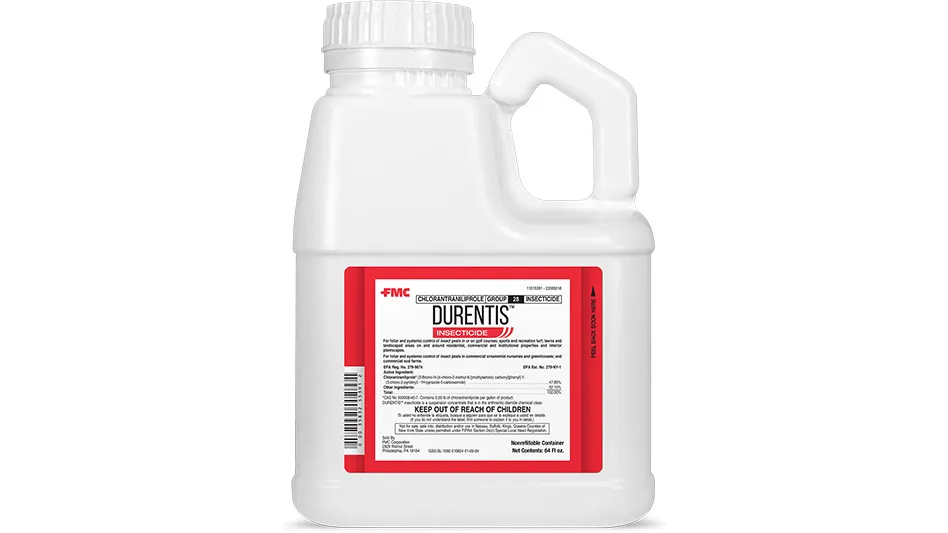
Jud Griggs
Design/build consultant
Think back to when you started your landscape business. Like most start-ups, you took whatever work came your way. You may be mowing grass one day, doing a fall clean-up the next day or installing some new plants for another client on a different day. In the beginning, your goal was to generate enough revenue to pay your crew and suppliers and make a modest profit on the work you did.
As your company grew and matured, you started to understand what type of work you’re best at and what projects are most profitable (through job costing). You also started to find out what type of projects you enjoy most. For the long hours you invest in growing your business, it sure makes it easier if you thoroughly enjoy what you do. Over time you become more discerning about the type of work you want to perform. It’s important for you to come to the realization that you cannot be everything to everybody. If you try to do it all, you will forever be a generalist and never an expert in what you do. This results in lower profits. How do you narrow the playing field and find the best clients and projects for you and your team? Here are three simple steps to put you on the path to success:
Step 1: Find your market niche. To become more successful, it’s best to find a market niche where you can dominate the market and not have to compete with a multitude of low-priced contractors. The key is to identify the segments of your market that are underserved. Where is there a lack of qualified competitors? Do you or your team have a unique skill set that can translate into filling a market niche? If you find these niches and service them well, you will be able to charge more for your services and become more profitable.
Step 2: Identify your Ideal client. This is easier said than done. When I go through this process with landscapers, I ask them to paint a picture of the “perfect” client. I have them think back to their favorite projects and identify what aspects of those projects made them their favorites. Did they run well logistically? Were they the most profitable and why were they profitable? Did a particular type of client make the project most enjoyable?
Step 3: Create a checklist. Once you complete the picture of an ideal client or project, create a checklist of what made the project so successful. This checklist should create a framework to help you decide if you are going to work with a new prospect or say “no” to the opportunity. During my 40-plus years in the industry, I have found that saying “no” is one of the best ways to achieve success. This checklist will be somewhat different, whether your specialty is maintenance or design/build.
Here are some examples:
Design/Build
- Commercial vs. residential
- Do they have disposable income to do upgrades to their property?
- Do they reside in your established target geographic?
- Are they willing to pay a high design fee?
- Do they respect our talent and abilities?
- Are they open to new ideas?
- New construction vs. renovation projects.
- Are the leads from referrals?
Maintenance
- Commercial vs. residential
- Single-family residential vs. HOAs
- Class A office space vs. industrial vs. government projects
- Located In defined geographic areas to provide route density
- Potential for substantial amount of enhancement work
- Value quality work and expertise vs. lowest bid
- Image and the look of the property critical to their success
- Are the leads from referrals?
Once you create these checklists, you can use them to pre-qualify your prospects as they call you or visit your website. The person in your office responsible for doing the initial screening of new calls can quickly find out if a new prospect is worth pursuing. I suggest creating a script that your gatekeeper can follow to determine if the prospect is qualified.
Most of my clients are in the enviable position of having long lead times for their design/build projects, or full books of maintenance clients. This allows you to be discerning when it comes to taking on a new prospect. You want to make sure that they are most closely aligned to your description of your ideal client.
These checklists can also be useful when it comes to renewal time for your maintenance accounts. How well do your current clients align with what an ideal client looks like in your company? You may find that several of the clients you took on when you first started your business are no longer a good fit. It may be time to “fire” some of these clients.
For example, one of my clients just decided to sell off his residential maintenance accounts as he found he could no longer service them profitably.
By identifying your ideal client and being diligent in working only with clients that most closely align with your list of qualifiers, your enjoyment factor will go up commensurately with the increase in your bottom line. That is the true description of success.
As Vince Lombardi once said, “Perfection is not attainable, but if we can chase perfection, we can attain excellence.”

Explore the May 2024 Issue
Check out more from this issue and find you next story to read.
Latest from Lawn & Landscape
- Landscape Workshop acquires Cut Above Enterprises
- Scythe debuts new generation of M.52
- New identities
- Ruppert promotes Anderson to director of talent acquisition
- Fleet on the Street
- Man in the mirror
- EverSmith Brands appoints Ken Hutcheson as its new CEO
- Manitou unveils new Woodcracker tree saw with grapple





